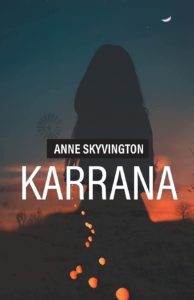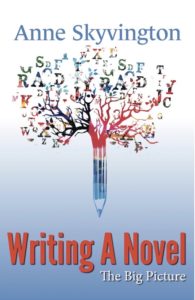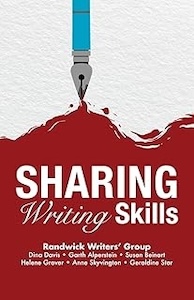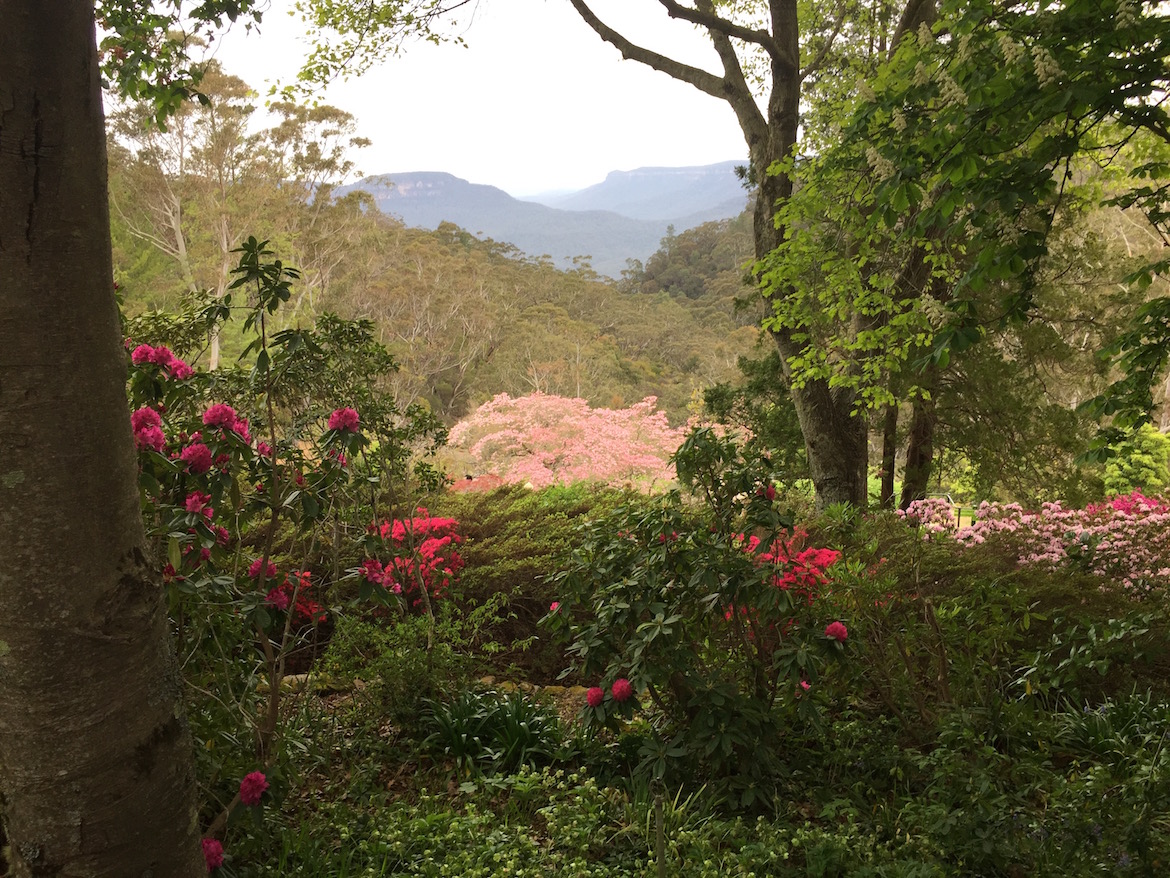
by Anne Skyvington | Oct 17, 2017 | Nature, Writing Australia
Typical of Australian art is an appreciation of contrasting styles. At Everglades Gardens, it’s mainly European flowers and trees, but at some places in nature, and in botanic gardens, such as at Mount Tomah, you can find stunning native plants, in particular,...
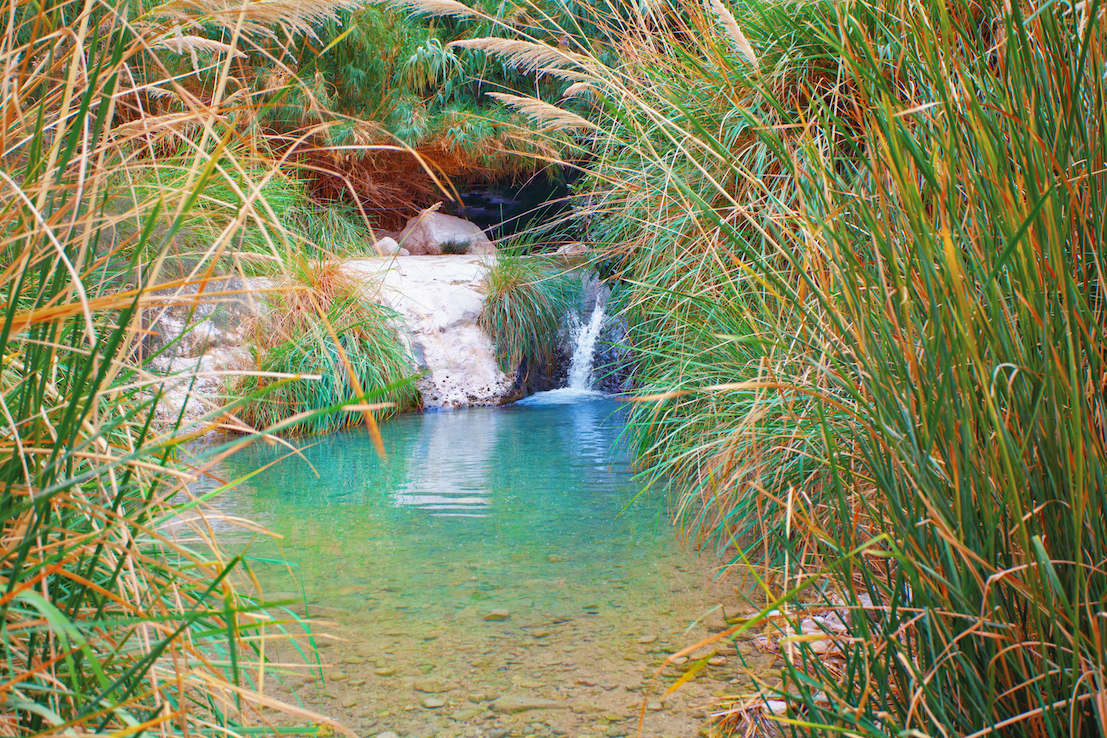
by Anne Skyvington | Sep 10, 2016 | Nature
I was drawn to the exotic name Ein Gedi, when coming across it in my brother’s first novel set partly in Israel. Then in a friend’s writing based on a poem by Ted Hughes from “Folktale”, part of Hughes’ collection entitled Capriccio. ...

by Anne Skyvington | Aug 24, 2016 | Nature
I was never interested in mathematics at school, perhaps because of the way it was taught; it was seen as a subject for boys in the 50s. Today, things may have changed a bit. In any case, from early on, I was on the creative spectrum, rather than the...
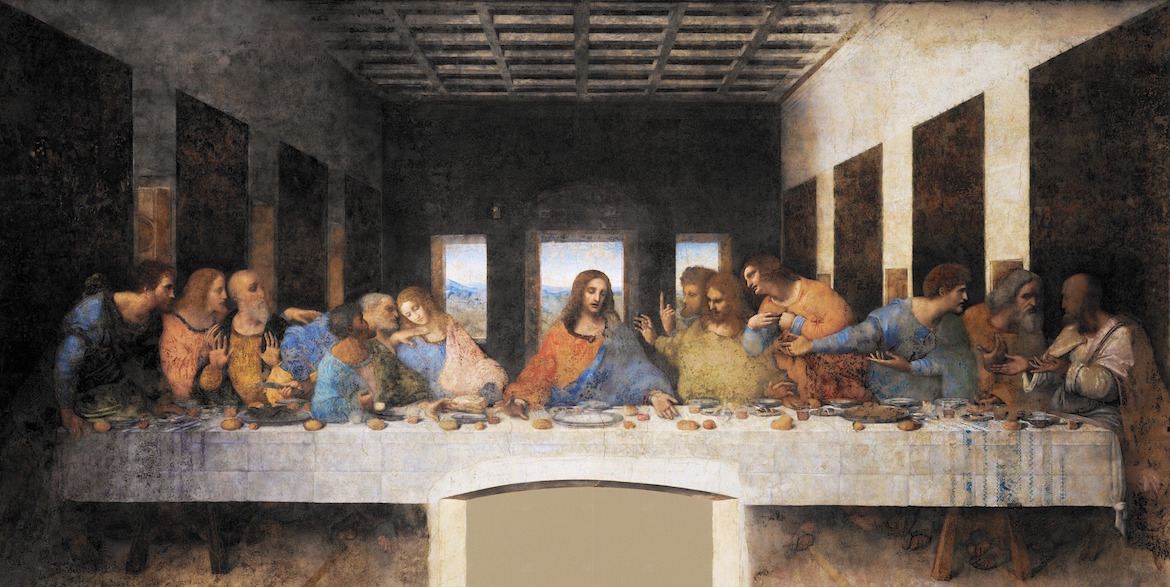
by Anne Skyvington | Aug 23, 2016 | Nature
The Vitruvian Man is a drawing created by Leonardo da Vinci circa 1490. It is accompanied by notes based on the work of the architect Vitruvius. The drawing, which is in pen and ink on paper, depicts a male figure in two superimposed positions with his arms and legs...
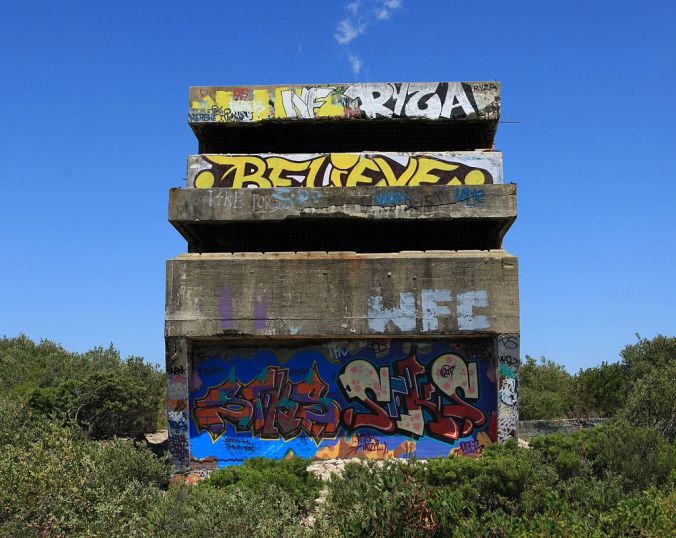
by Anne Skyvington | Jul 8, 2015 | Nature, Writing Australia
One of the last remaining wild areas on the eastern seaboard of Sydney has recently been rescued from the hands of developers through protest and last-minute government intervention. Malabar Headland, named after a ship that was wrecked there in 1931, is linked to...
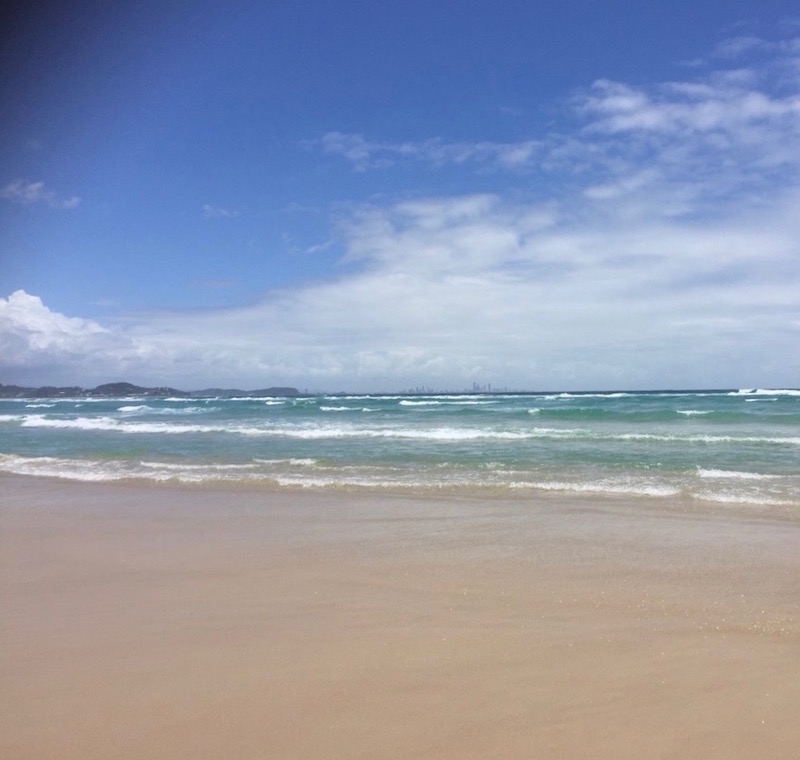
by Anne Skyvington | Jan 24, 2015 | Nature, Writing Australia
“Only in Australia” Thanks to Brian Moore for alerting me to the video clip below: Four black swans seen riding waves at Kirra Beach on the Gold Coast (Queensland) in Australia. #Only in Australia This post shows two photos I took at Kirra Beach last...







